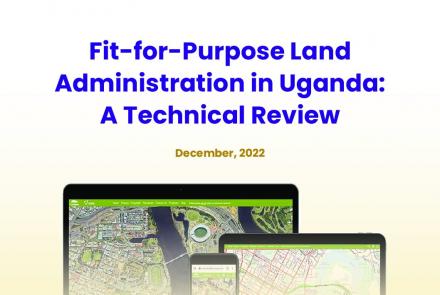Influence Policy and Practice through Advocacy
To LANDnet, advocacy is an organised and sustained campaign to get the interest of the marginalised people represented and addressed in public policy, attitudes or practices. It is a deliberate, systematic and organised way of influencing effective implementation of existing land governance policies, change them or formulate alternative policies in favour of targeted area/group/issue. Our goal in advocacy is to challenge the powerful in favour of the deprived and disadvantaged ones.
Guiding Principles to LANDnet’s delivery
- Lobbying initiatives for policy changes should be firmly grounded in community based campaigns affected by the issue.
- Leadership with clear political analysis based on specific cultural context is very important to make advocacy successful.
- Planning and organising at various levels and stages is critical to effective advocacy.
- Effective communication system with different sectors is central to the success of advocacy
- Building strong and enthusiastic public support is essential to influence policy-makers and processes at various levels.
- Collaborative and equal partnerships with which LANDnet can share views, values and beliefs are critical to effective Advocacy.
STRATEGIC FRAMEWORK
“Never doubt that a small group of thoughtful, committed citizens can change the world. Indeed, it is the only thing that ever has.” – Margaret Mead
Strategic Objective 7:
By 2021, LANDnet will have significantly influenced the functionality of policy, legal and institutional frameworks towards greater tenure security for women.
Expected Results:
- Increased security of tenure for women
- Increased participation of women in the land governance structures
Strategies
- Widening support through networking and alliance building in order to bring changes in the policies
- Grassroots organizing
- Campaigns for policy and practice change
Critical Activities:
- Develop and implement a women’s Land rights program
- Build alliances with likeminded institutions to develop and carry out advocacy on critical issues.
- Identify critical areas to women’s empowerment and build the evidence base for addressing them.
- Revive the Women’s Land Rights Movement and spearhead the implementation of activities within the mandate of the movement.
- Presentations and engagements with policy makers and local government ant central government levels.
- Hold the women’s Land Rights Conference and Rural Women Assemblies.
Strategic Objective 8:
By 2021, LANDnet will have significantly influenced processes and practices that improve customary tenure
Expected Results:
- Increased security of tenure over the commons.
- Increased recordation of customary rights.
- Customary rights integrated within the national land information system.
- Resolution of disputes of a customary nature streamlined within the formal justice delivery system.
Strategies
- Building advocacy capacity of stakeholders.
- Multi-stakeholder policy dialogues.
Critical Activities:
- Prepare position papers and information towards the operationalization of customary tenure recordation and dispute resolution.
- Hold multi-stakeholder dialogues at local and national level.
- Demonstrations through piloting.
- Advocate for appropriate and affordable approaches and interventions which can improve democratic land governance at scale, learning from best practices in other countries.
Strategic Objective 9:
By 2021, LANDnet will have significantly influenced the implementation of legal and policy reforms in the land sector and land related sectors
Expected Results:
- The review of the 16 land related laws reflect people cantered land governance particularly the rights of women, tenants on registered land and the minority groups.
- Women’s land rights are mainstreamed in the implementation of the National Land Policy.
- Land is mainstreamed in other land related sectors such as agriculture, finance, energy, natural resources, urban development, environment and trade & investment.
Strategies:
- Build alliances and networks for advocacy
- Multi-stakeholder Policy dialogues
- Public education through the arts for development
- Media engagement
- Grass roots organizing
Critical Activities:
- Build a coalition of both state and non-state actors for continued engagements on legal and policy reforms.
- Develop and implement an urban land program recognizing rural-urban linkages.
- Prepare position papers, policy briefs, fact sheets for dissemination to target audiences.
- Organize and hold the Annual Land Awareness Week.
- Organize and hold the Annual Land Forum.
- Develop the Land watch website
- Manage the Uganda Land Observatory
- Establish a network for collaboration among members of the artistic and development communities in Uganda.
- Establish collaborative arrangements with training institutions to support, recognize and reward initiatives by young artists working on land governance projects.





